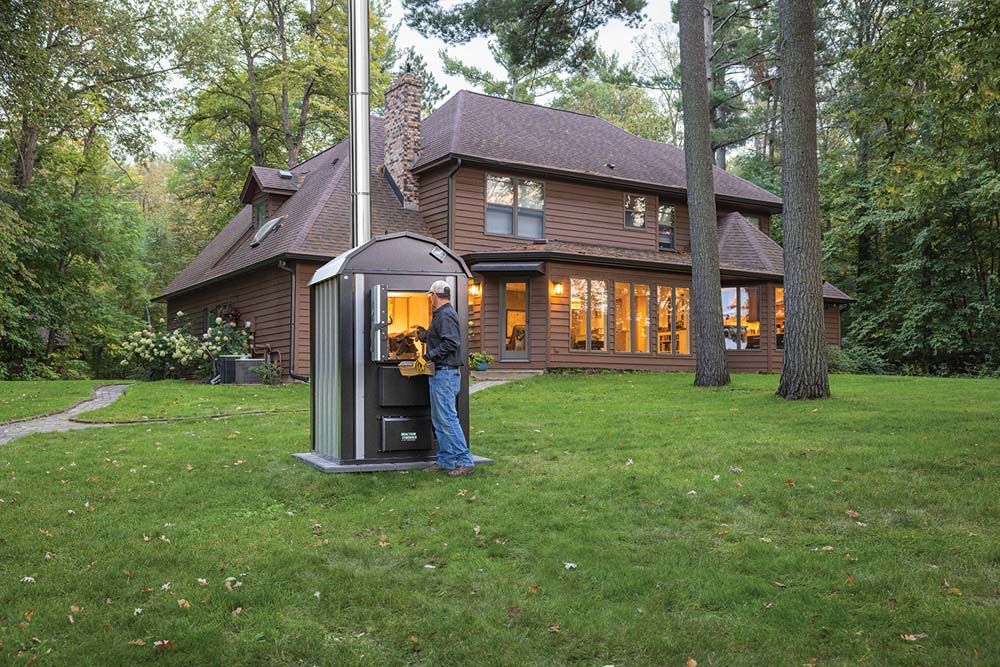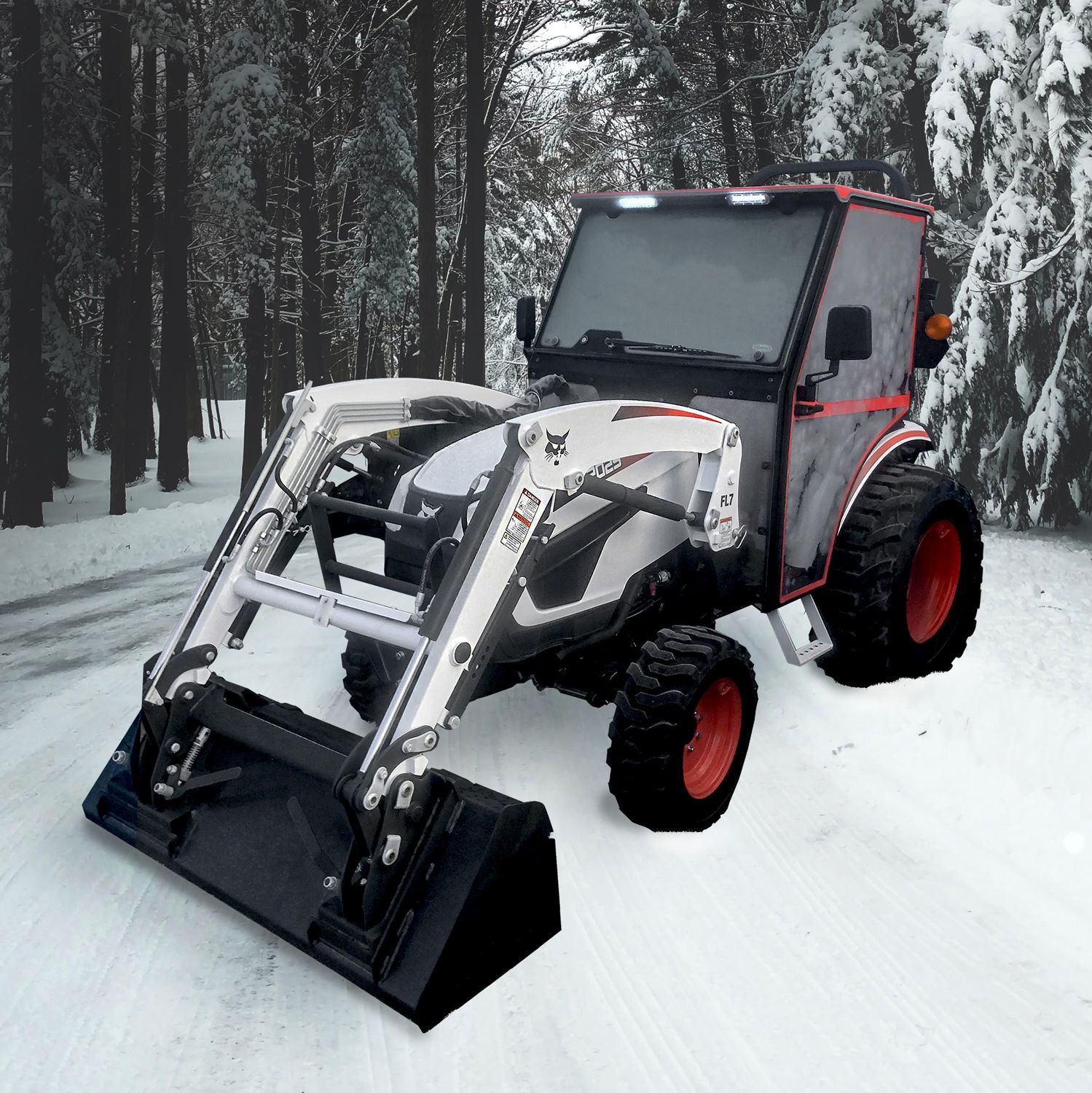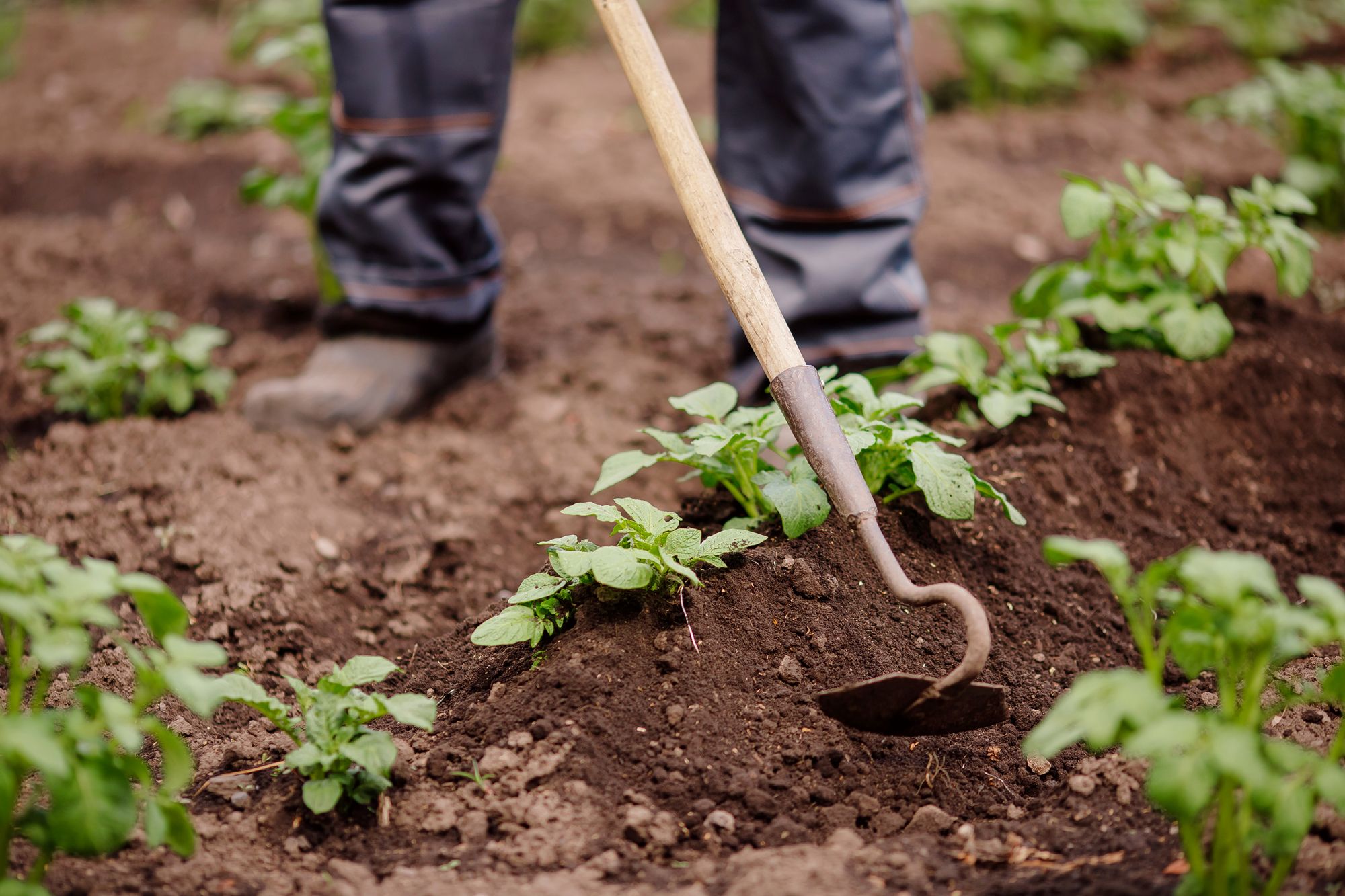How to Grow Your Own Food the Eco-Friendly Way


There is something special about preparing a meal with produce from your own backyard. Everything tastes just a little better when you know how much work went into producing the fruits and veggies.
Plan Your Plot
The first step is to determine how much space you can dedicate to a garden. When you’re designing your space, keep in mind the amount of sunlight the area receives. You may need to dig up grass or build raised beds to achieve the look you want while making the most of your property’s natural resources.
Choose Plants Wisely
Consider what you’d like to grow, and research the best options for your climate. Specific plant varieties will do better in certain zones than others. Be certain to include plants that discourage bad pests and protect your produce.
Pay close attention to directions on when to plant and how long it will take for your plants to mature. The Farmer’s Almanac provides an easy-to-use planting guide and growing guides to help you determine when to plant, how to care for, and when to harvest your crops.
Conserve Water
Choosing native plants will minimize your need to water your plants, but even these will need to be watered in times of drought. Sprinklers with timers are convenient, but they are more wasteful and less effective than drip irrigation systems, which deliver water more precisely where your plants need it.
Invite the Right Wildlife
Part of successful gardening is supporting a healthy ecosystem that includes birds, bees, and other helpful critters. Include plants that attract bees to encourage pollination. Birds, wasps, and other insects will help keep your garden healthy by eating the slugs, grubs, and other pests that would otherwise decimate your crops.
Skip the Chemicals
You’ll want to protect your plants from diseases and pests, but that doesn’t mean you should leap to spraying chemicals, which can cause harm to to you and the environment. The Environmental Protection Agency (EPA) now notes that 90 percent of all fungicides and 30 percent of all insecticides are carcinogenic. Fortunately, there are plenty of natural options for discouraging pests and encouraging plants to grow.
Consider Composting
Composting is easy and seriously cuts down on your trash. Instead of tossing food scraps, coffee grounds, eggshells, and grass trimmings into the garbage, use them to improve your soil! Designate an area in a corner of your yard for compost, deposit your excess scraps, and begin building nutrient-rich soil naturally. As part of their effort to encourage conservation, the EPA has created a quick guide to composting to help you get started.
The Benefits of Homegrown Meals
Whatever size your garden, you’ll be growing delicious and nutritious with your own two hands. Besides fresh and tasty meals, you’ll get the added bonuses of lower grocery bills and a smaller carbon footprint.
Tags:Weekend Farmer

Acreage Life is part of the Catalyst Communications Network publication family.
















